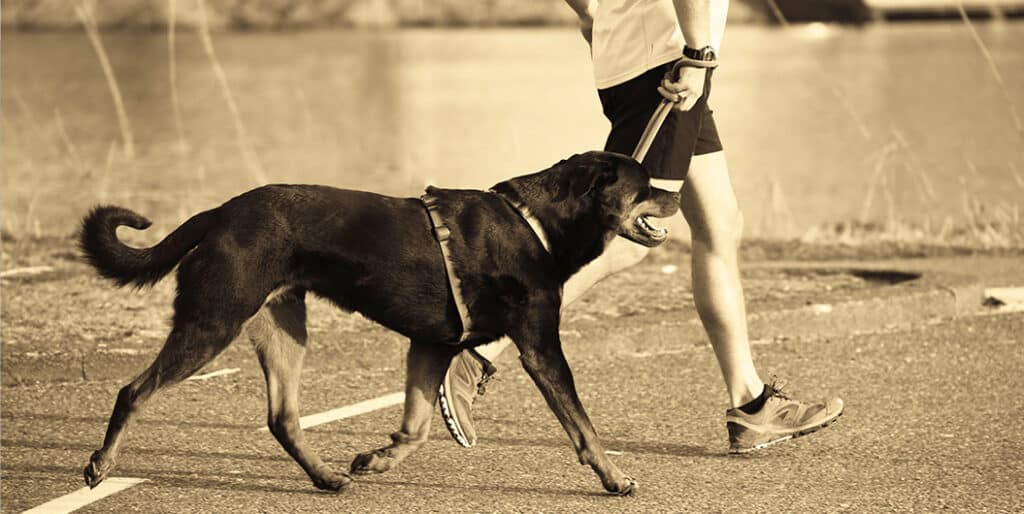What are the Different Types of Obedience Training for Dogs?

Obedience training forms the foundation for well-behaved dogs. The dogs are typically taught basic commands such as how to sit, stay, and come when called; once these commands are learned, different types of obedience training can expand on these lessons. There are also several different methods of obedience training for dogs, and choosing the correct one depends largely on the personalities and goals of the owner and pet.
In one type of obedience training, positive reinforcement is used to get the desired action from the dog. Clicker training is one example of a method that relies more on reinforcement than on correction. When the dog exhibits the desired behavior, such as sitting on command, he is rewarded for this. When he does not sit, there is no reward, but no punishment, either. The reward can be a bit of food or simple praise. This works best with a dog that’s eager to please and ready to learn.

Another type of obedience training for dogs relies more heavily on correction. In this method, the dog is generally kept on a leash throughout the training. An incorrect act or response gets a correction, typically a sharp tug on the leash and collar along with a verbal warning. This is generally used for more strong-willed dogs who are not as eager to obey, or working dogs that need a strict foundation in order to carry out assigned duties. This type of obedience training for dogs is also commonly used with animals whose lives often depend on their ability to listen and respond quickly to commands.
There are also different kinds of obedience training for dogs that are separated in levels based on the age of the dog. Puppy obedience training generally includes the most basic of commands, such as sit and stay, as well as teaching him how to behave around other dogs and groups of people. Adult obedience classes refine the dog’s behavior and attempt to eliminate any problems.
More specific types of obedience training for dogs can also be undertaken once the basics are learned. Depending on the disposition of the dog and the goals of the owner, there may be a variety of commands and activities that he can be taught. Service dogs can be further trained in how to act in situations that involve loud noises, crowds, and a chaotic environment. Other dogs may be suited to learning competitive obedience, which usually involves performing certain specific tasks such as heeling off the leash while the owner walks in a preset pattern, or remaining in a sitting position for a time.






